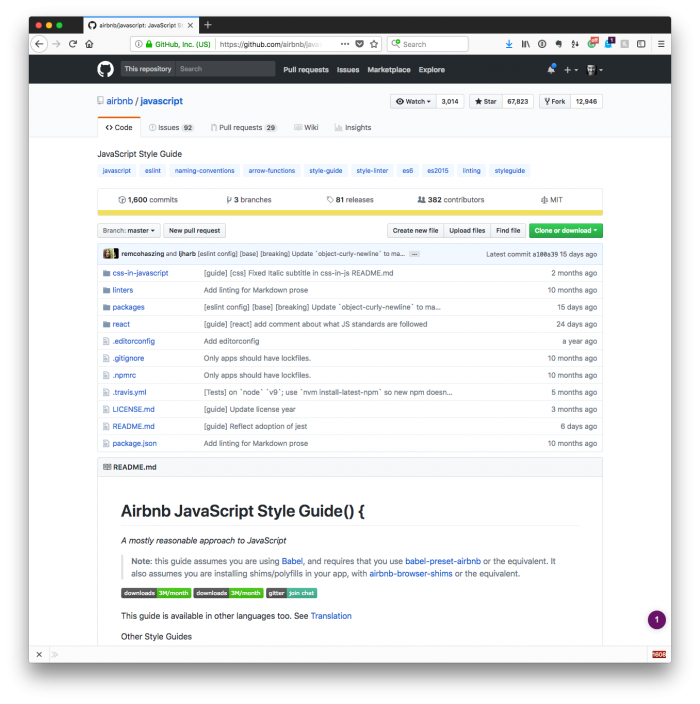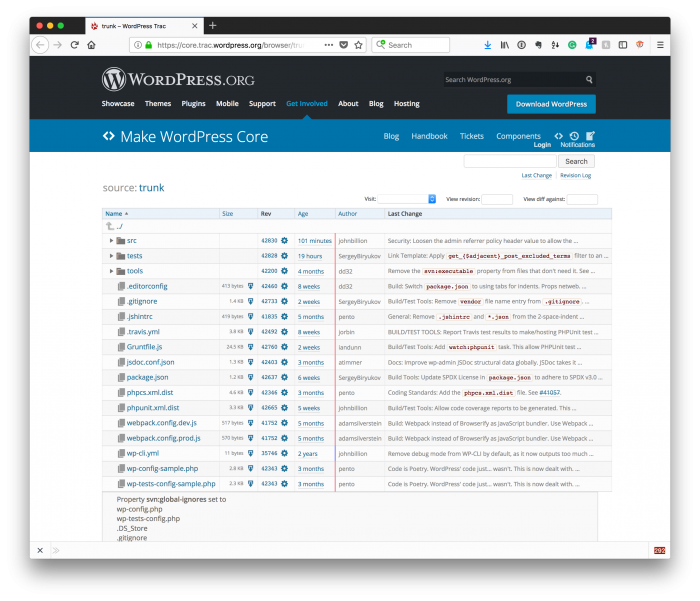As long as I’ve been working with WordPress, the conversation (and I do use this term loosely) around what versions of PHP it should or shouldn’t support has been ongoing.
- The short of it is that some see it as an application as large and popular as WordPress that powers so much of the CMS-based websites should be able to use its clout to foster more innovative solutions.
- Others see that people don’t often upgrade, are on budget hosts, or simply do not care (let alone bother to know) what version of PHP they are running.
These two points could yield a post and comments for days, but I’m not interested in that. Because my team and I are the business of building custom solutions for others, we have the flexibility of taking stock of where the users host their site or application, deploying it, and leveraging features of PHP offered by their hosts.
There are, however, times where I’ve encountered some people running versions of PHP as low as 5.3.
So what then?



